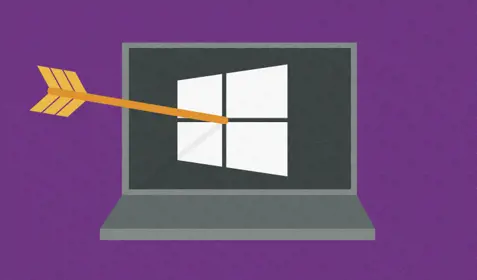In March of 2020 schools throughout the United Kingdom closed their doors to try to stem the spread of the coronavirus. In addition to disruptions to the lives of students and their families, the pandemic put unprecedented pressure on IT departments across the UK and wider world.
Notoriously strapped for resources, many schools’ IT departments found themselves without access to server rooms and no way to troubleshoot for students and staff when grading, learning and teleconferencing applications encountered problems.
In 2020 this situation was unfolding around the UK, and why CloudHappi began searching for a solution for their clients. CloudHappi is a London-based provider of IT solutions tailored for the education sector. Determined to provide the best learning experience possible for remote students, the company began exploring opportunities for shifting the IT burden from on-premise servers to the cloud.
Unfortunately, many of the earlier solutions CloudHappi explored took up to 15 days to perform a complete migration, an unacceptable timeline for schools looking to establish some sense of normalcy as soon as possible. After finding Carbonite™ and its server migration solution, however, it was able to perform a complete migration for its first school within a single day.
As a result, IT operations for the school experienced fewer disruptions, applications were easy to access and unfortunate circumstances for students were made a little easier to handle.
Many reasons to migrate
Schools across the UK and United States are planning to open in the fall, notwithstanding uncertainty caused by the spread of the virus’s Delta variant. Vaccinations in much of the world are prompting workers to return to offices and life to start to resemble its pre-pandemic state in many ways.
But in other ways, it may never again. By some estimates, less than 35% of workers have returned to office spaces. Many companies don’t plan on requiring their workforces to come back at all. Some business leaders see remote work as a net positive, giving them access to larger talent pools, reducing pollution, freeing up time spent commuting for more productive tasks and cutting facilities costs.
Whether inspired by downsizing and office space or not renewing leases at all, there’s a good chance this shift in the workforce will require many more migrations from on-premise servers to the cloud. Not unlike in the case of UK schools, IT admins will require greater access to productivity solutions without the need for physical space in which to operate.
Aside from the flexibility of being able to access systems from anywhere, migrating to the cloud entails several knock-on benefits for businesses, whether MSPs or their clients.
- Streamlined management – By offloading server management to a public cloud like Microsoft Azure or Amazon Web Services, businesses capitalize on all the economies of scale these companies have built over years of innovation and investment. Given the resources at their disposal, most cloud companies dwarf the capabilities of small IT teams
- Enhanced security – With well-developed security policies covering things like firewalls, open ports and security teams dedicated to uncovering and patching vulnerabilities, public cloud companies often offer better security coverage than small IT teams. Even as bigger targets compared to a self-managed small business, available again give these companies the edge in terms of data security.
- High-availability – Migrating data to the cloud also puts high-availability data replication possible for businesses. While large public cloud operations are highly reliable, outages do happen. When they do, high availability cloud architecture can quickly search to an unaffected server containing byte-by-byte replication if an original happens to go down. Without a high-availability solution, to use our example of schoolchildren in the UK, video conferencing software may become inoperable and students unable to learn together. For a business, losing access to certain applications because of a cloud outage can spell disaster. If email systems or customer account portals become inaccessible the costs can mount quickly.
In a sense, COVID-19 accelerated trends in computing trends by years. While much work had been moving to the cloud for some time before the pandemic hit, the sudden need for a distributed workforce heightened its importance overnight. Luckily, migrating offers significant benefits for all types of organizations and looks to be well suited for the workforce of the future.
To learn more about the benefits of migrating to the cloud, visit the Carbonite Migrate page here.









